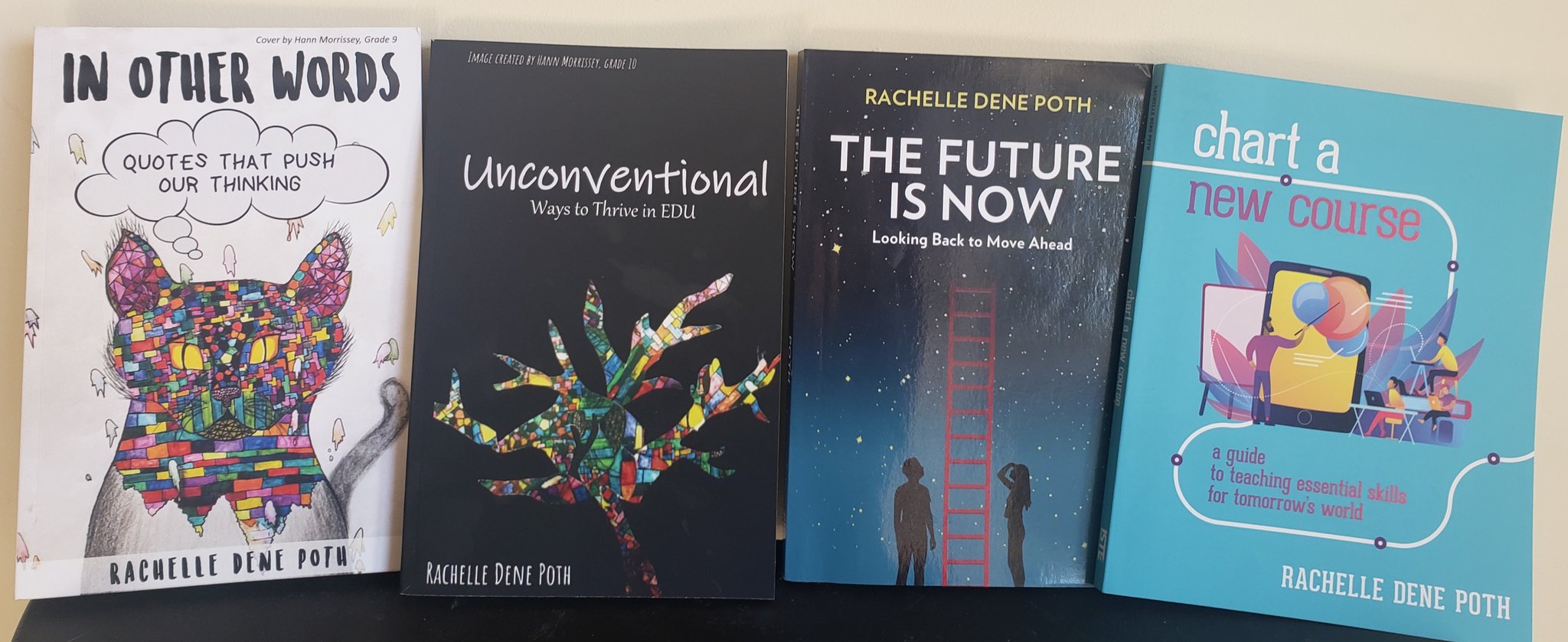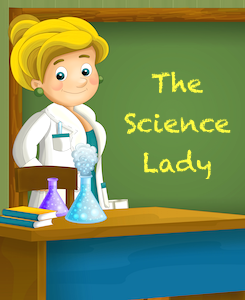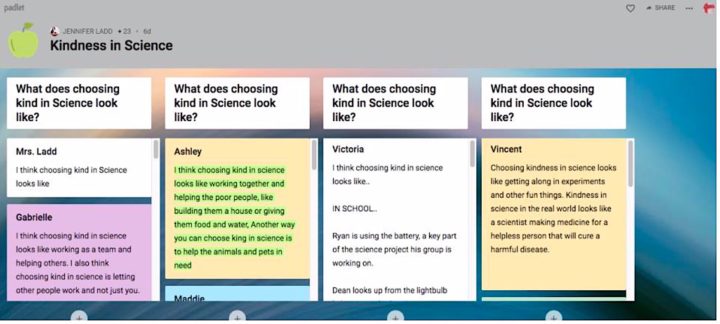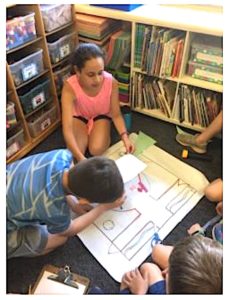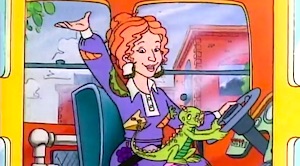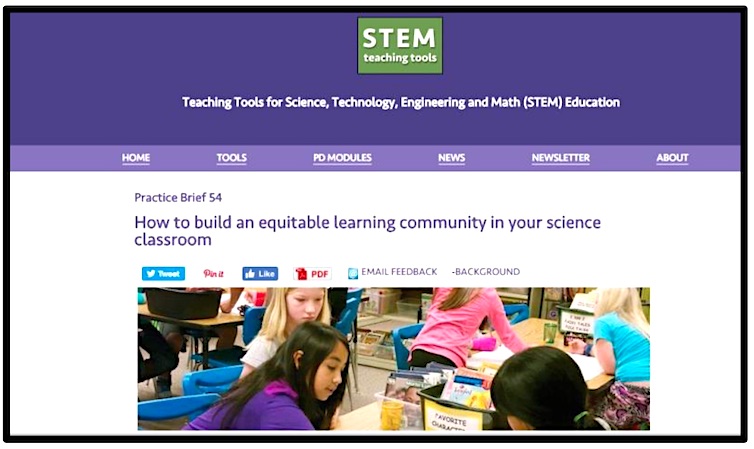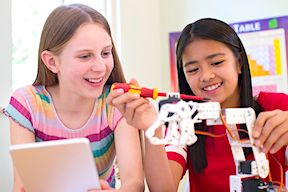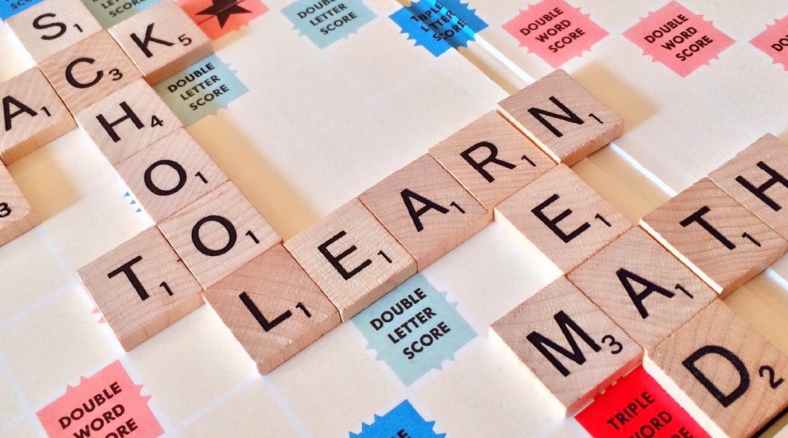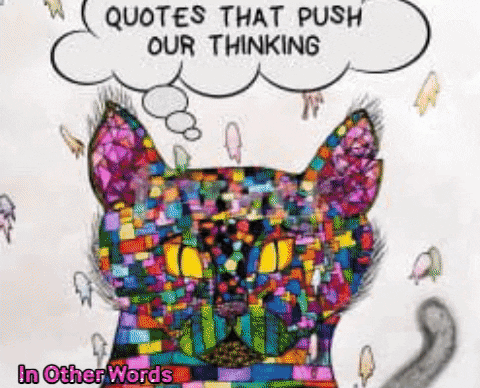Sometimes it’s difficult to figure out what the problem is or where to start when you feel like you’re not getting anywhere. What I mean is that as teachers, we may have days when we might feel like we’re just not connecting with the students. Sometimes when trying to create a lesson or some new experience for students, we are met with less enthusiasm than we had hoped for, and sometimes, it might even be nonexistent.
About two years ago, I really struggled with finding ways to engage my students in learning. I reached out to my PLN to ask for advice, I tried Twitter, pretty much anywhere that I could think of to gather ideas from other educators who might be experiencing the same thing. That’s probably the most important point if anything out of my thought process, is that had it not been for those connections and knowing where to look to find help that I greatly needed, I would have been working through it on my own in isolation, as I had been for many years of my teaching career.
It’s not easy to ask for help especially when as teachers, we feel like we are supposed to be the experts when it comes to students and learning and teaching. There may or may not be assumptions about our abilities to manage our classroom, deal with student behaviors, to be flexible in our instruction, and to balance so many different things every day. But without having a way of connecting with others, we would be stuck doing the same things we’ve always done. While in some cases that might be good if the experiences went well, often times it might not be that great. And that is how it was for me.
Last year is what I considered to be probably my best year in teaching and it came to be because of relationships I had formed over the years and also because I got away from doing some of the same traditional things I had always done and pushed the limits a little bit and tried some different things in my classroom. There were some things I just didn’t appreciate any more like standing in the front of the room and talking at my students. It was exhausting trying to think of ways to spend 42 minutes leading the class and keeping the students “busy.”
I had reached a breaking point early in September two years ago when I just decided to get rid of the rows in my classroom and see what would happen. The combination of these actions and everything in between is what I believe led me to have the best year yet. I felt connected with the students, I could see them learning and that they were more engaged. Students would come in throughout the day and say how much they liked class better than the prior-year. I just felt that there was a different vibe, I sensed a more of an excitement about being in the class and while at times it was uncomfortable worrying about if my class was too noisy or if students were off task on occasion, I really felt good about it
So I decided to keep the same kind of methods and habits in the new school year, making changes here and there, but I was not seeing the same results. I had different students than I had in the past and so it kind of led me to go back and rethink what I had been doing. What had worked so well last year was not working as well this year. I did not expect that because I was assuming that things would be the same as they were the year before. Thinking like this, the “way we’ve always done it” is what gave me some trouble in the first place. I taught the way I had been taught using methods that worked for me as a student and even as an adult, but these methods did not work for all of my students. So by doing that I was doing them a disservice. Flash forward to this school year, trying to use the same methods and strategies should not work because I had different students than the year before.
There have been days that I left school feeling frustrated and overwhelmed, a bit uneasy because like I said, last year I had a great year. And I had not experienced that type of struggle in several years. so trying to figure out what the problem was and how to work through it has been something I’ve been working ever since. I felt some moments of success and other times I thought I just couldn’t do it anymore. Sometimes I became so frustrated at the behaviors, whether it be lack of respect or lack of wanting to work or negative attitudes that instead of trying to better understand the students and focus on having conversations, I responded to their behaviors and the reactions. I lost my “cool,” I lost my composure, my eyes filled with tears of frustration and I didn’t like it. I even told them that it was something that would bother me the rest of the day and for days to come, because that was not like me but I had “had it.” I had been doing everything that I thought I could to help them and I was getting nothing or the bare minimum in return. I just wanted them to hear me and to understand that their behavior matters. Being respectful matters, and that it doesn’t matter how great your grades are or what you have in life if you are not a nice person. If you do not show respect and you don’t take time to listen to others and give them their attention when they ask for it or when they deserve it, that makes it very uncomfortable.
I thought it was just me, I had convinced myself that it was something that I was not doing. There was something wrong with me that I needed to fix within myself. But the more that I talked to people I was connected with locally, nationally and even around the world, I soon realized it was not just a problem that I was facing. Again, if I was still in isolation staying in my room and not connecting anywhere in my school building, I would feel exactly like I did. It’s just me, I’m the problem. Because I had those connections, I was able to recognize that it isn’t just me it’s a struggle other educators face and there are different ways that they deal with it that may or may not work for me.
I had lots of recommendations, great ideas, stories of how changes in different classrooms made a big difference for different friends of mine and for every suggestion they offered I felt terrible telling them that know it just would not work for me. While I may not have all the answers, I know my students well enough to be able to figure out what might and might not work for them. So while I did not come up with a magic solution to any of the challenges that I feel like I’m facing, which in the scheme of things in the rest of the world they’re not that big at all. But there are bumps in the road, a road which prior to this year had finally been mostly well paved with occasional potholes along the way.
But a new year, new challenges changes just to show why we can’t teach every year the same way that we were taught. You can’t do things the way you’ve always done them and as Don Wettrick’s dad said: “Don’t teach the same year 20 times.”
I guess I felt that because my methods worked so well last year, that I should just do the same thing again this year. I was wrong. New year, new beginnings, some changes, a bit of discomfort, challenges, through all of it. Yes, please. That’s what keeps us moving, what keeps us active and engaged and although sometimes you feel like you’re becoming disengaged from the profession when you sit back at the end of the day or in the middle of the day or whenever it is that you reflect, you must stay focused on your why. The why is your purpose, your passion for what you do and why you’ve gotten up early every morning and worked through weekends, holidays and even summer vacations. It is when you come full circle and realize that you’re there to make it work to find an answer and a solution because it might be that you are the problem
And sometimes you might be the problem creator, it’s never the same. It’s always changing, it’s uncomfortable but it’s how we grow. And if you don’t share your experiences with others then you are going to be limited to only growing in your own space. To put yourself out there, be vulnerable and ask for help when you need it, that is not a sign of weakness it’s a sign of tremendous strength. When you can identify that you have a need, a weakness, an area of struggle, you show that you are vulnerable and that is more than okay. Because as many times as I’ve said it, I will continue to say it twice as much:
I’m not an expert.
I don’t know everything.
I make tons of mistakes every single day.
I’m willing to try and I’m willing to grow.
I’m willing to get up no matter how many times I’m knocked down and go for it again.
I am a work in progress and I am learning as I go.
**Interested in writing a guest blog for my site? Would love to share your ideas! Submit your post here.
Looking for a new book to read? Many stories from educators, two student chapters, and a student-designed cover for In Other Words.
Find these available at bit.ly/Pothbooks





